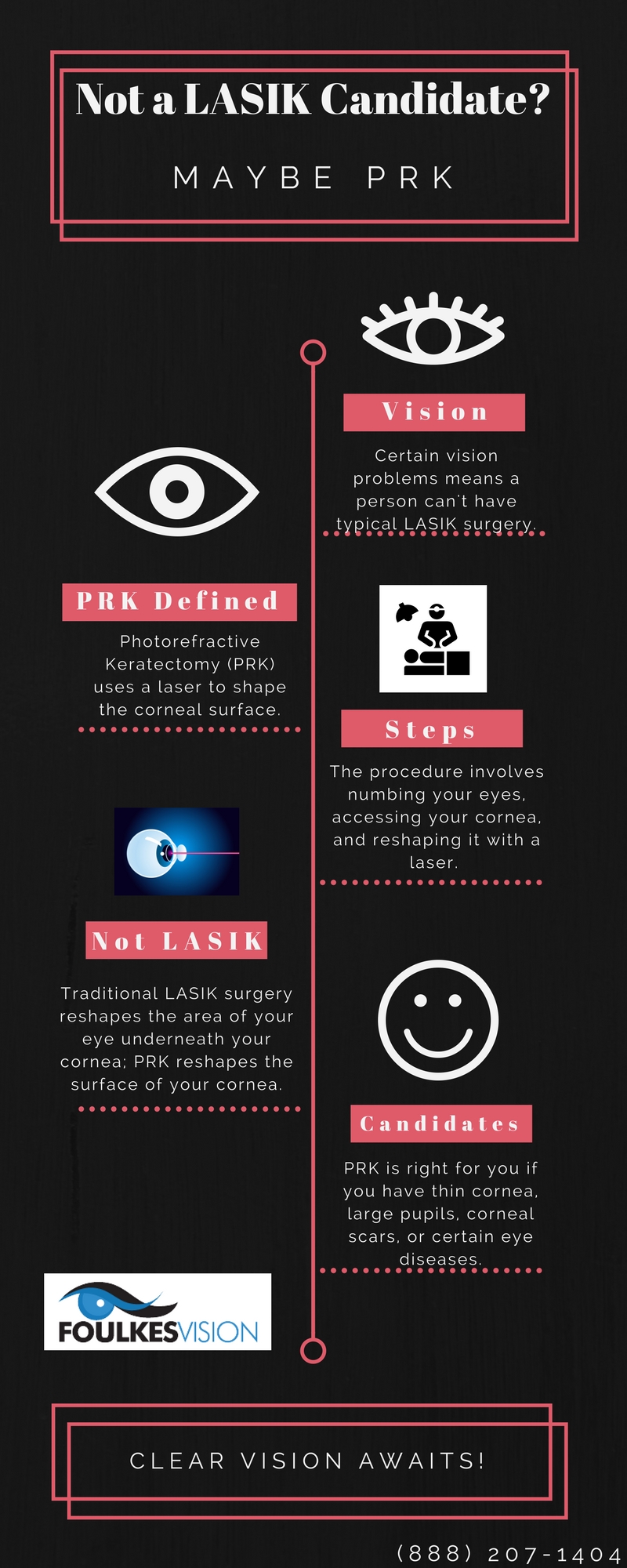The Comprehensive Guide To Refractive Lens Exchange: Important Details You Need To Be Aware Of
The Comprehensive Guide To Refractive Lens Exchange: Important Details You Need To Be Aware Of
Blog Article
Composed By- LASIK Surgery Specialist
If you're considering refractive lens exchange, you probably have a great deal of inquiries. This treatment could change exactly how you see the globe, offering benefits like lowered dependancy on glasses. However, it's essential to comprehend the process, dangers, and that qualifies as a good prospect. Let's check out these crucial elements so you can make an educated decision concerning whether RLE is right for you.
What Is Refractive Lens Exchange and Exactly How Does It Function?
Refractive lens exchange (RLE) is an operation designed to change your eye's natural lens with a man-made one, remedying vision issues like nearsightedness, farsightedness, or presbyopia.
During the treatment, your doctor makes a little incision in the eye, eliminates your all-natural lens, and inserts an intraocular lens (IOL) tailored to your vision needs. This outpatient surgical treatment usually takes about 15 to thirty minutes per eye and is carried out under local anesthesia.
You'll likely see enhancements in your vision virtually promptly, though complete recovery might take a couple of weeks. RLE is especially advantageous for those over 40 or with high prescriptions, using a lasting option compared to glasses or call lenses.
Your eye treatment specialist can assist figure out if RLE is right for you.
What Are the Conveniences and Threats of Refractive Lens Exchange?
Selecting refractive lens exchange can lead to substantial improvements in your vision, yet it is necessary to weigh both the benefits and threats prior to deciding.
On the plus side, this procedure can improve your eyesight by dealing with issues like presbyopia, nearsightedness, and hyperopia. Lots of individuals appreciate lowered dependence on glasses or contact lenses, which can considerably boost their quality of life.
Nonetheless, it's critical to think about possible threats. https://russel-chasity.technetbloggers.de/uncover-the-shocking-ways-lasik-cosmetic-surgeons-are-changing-lives-from-professional-athletes-to-normal-heroes-could-you-be-the-following-one-to-experience-this-change can include infection, glare, or halos around lights.
There's likewise a chance of overcorrection or undercorrection, which might need added treatments.
Who Is a Suitable Prospect for Refractive Lens Exchange?
If you're considering refractive lens exchange, it's important to recognize whether you fit the account of a suitable candidate. Typically, you may be an excellent candidate if you more than 40, experience presbyopia, or have high levels of nearsightedness or farsightedness.
It's likewise important that your vision is steady, indicating your prescription hasn't transformed dramatically in the past year. If you have cataracts or other eye problems, you could benefit from this treatment as well.
Nonetheless, particular factors, like uncontrolled diabetes mellitus or autoimmune conditions, might disqualify you. To identify your candidateship, speak with an eye treatment expert that can examine your particular circumstance and recommend the very best strategy customized to your requirements.
https://health.clevelandclinic.org/new-lens-eliminates-your-need-for-glasses-after-cataract-surgery/
To conclude, refractive lens exchange can be a transformative option for boosting your vision, especially if you're over 40 or have a high prescription. While the advantages are significant, it's important to weigh the dangers and speak with your eye care professional to determine if you're an ideal candidate. With the right information and support, you can make a notified decision and perhaps take pleasure in a life with lowered dependancy on glasses.
